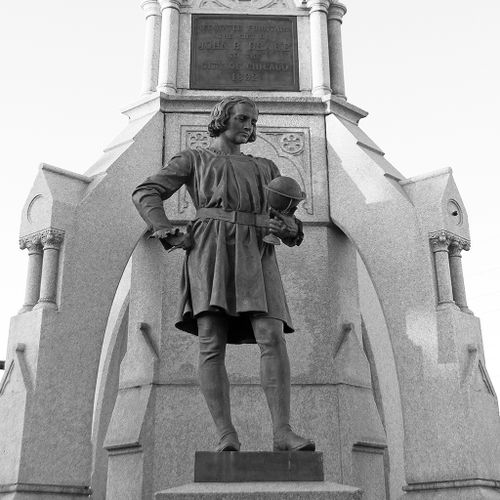Drake Fountain

Title
Drake Fountain
Date
1893
Artist
Richard Henry Park (1832-1902)
Location
Storage
Context
The late 19th century was a period when the still-young United States of America was trying to establish its cultural identity and asserting its emerging international presence as a world power. Christopher Columbus’ identity as a “discoverer” and the folkloric tales that followed were solidified by Chicago’s World’s Columbian Exposition of 1893. It was presented as a showcase of world achievement since the landing of Columbus in the Americas four hundred years earlier. Columbus-related memorials and ephemera abounded. The Drake Fountain has a complex history involving multiple locations and what was perhaps the first public protest in Chicago regarding the removal of public sculpture. Inspired by the interest shown in Christopher Columbus due to Chicago’s World’s Columbian Exposition, wealthy hotel owner John B. Drake provided the funds to erect a permanent memorial in downtown Chicago, with the dual purpose of providing iced drinking water to the city’s citizens. The fountain was later relocated to City Hall’s LaSalle Street side when the old County Building was scheduled for demolition and replacement. But when City Hall itself was planned for demolition and replacement, the fate of the Drake Fountain became the topic of spirited protest. It was recognized that relocation at the new City Hall was problematic, but groups including the Knights of Columbus fraternal organization rallied for its permanent relocation in downtown Chicago, with Grant Park as the most popularly favored site. Protest was intensified when it was announced that the entire monument would be relocated to a small plaza in South Chicago instead of Grant Park. But the relocation work proceeded, and the re-located monument was re-dedicated with great public celebration in 1908. ‘